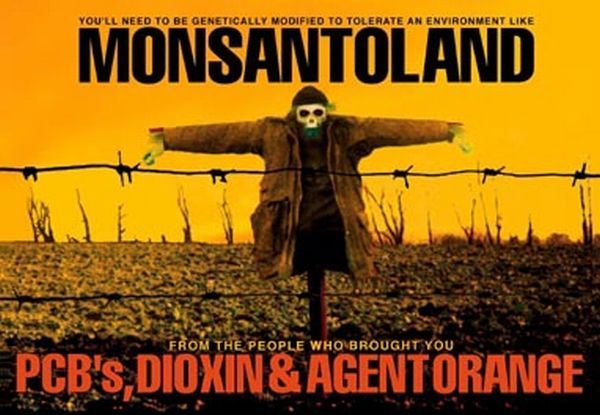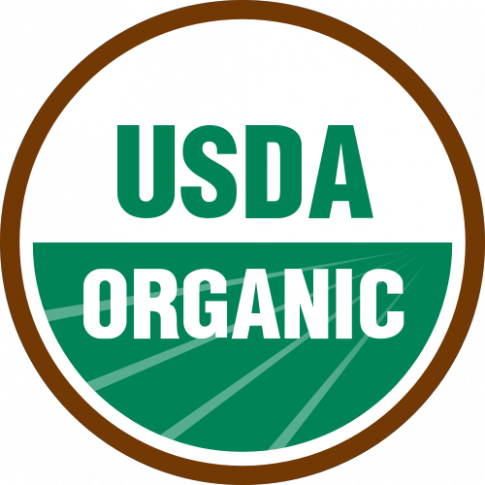Don’t miss:
– NutraSweet’s ‘Neotame’, Even More Toxic Than Aspartame, Requires NO Food Labeling In USDA Certified Organic Food

Jan. 05, 2011 (NaturalNews) — The manufacturers of the most prevalent sweetener in the world have a secret, and it`s not a sweet one. Aspartame, an artificial sweetener found in thousands of products worldwide, has been found to be created using genetically modified (GM) bacteria. What`s even more shocking is how long this information has been known. A 1999 article by The Independent was the first to expose the abominable process in which aspartame was created. Ironically, the discovery was made around the same time as rich leaders around the globe met at the G8 Summit to discuss the safety of GM foods.
The 1999 investigation found that Monsanto, the largest biotech corporation in the world, often used GM bacteria to produce aspartame in their US production plants. The end result is a fusion between two of the largest health hazards to ever hit the food industry — artificial sweeteners and an array of genetically altered organisms. Both have led to large-scale debate, with aspartame being the subject of multiple congressional hearings and scientific criticism. Scientists and health advocates are not the only ones to speak out against aspartame, however. The FDA received a flurry of complaints from consumers using NutraSweet, a product containing aspartame. Since 1992, the FDA has stopped documenting reports on the subject.
The process in which aspartame is created involves combining an amino acid known as phenylalanine with aspartic acid. First synthesized in 1965, aspartame requires bacteria for the sole purpose of producing phenylalanine. Monsanto discovered that through genetically altering this bacteria, phenylalanine could be created much more quickly. In the report by The Independent, Monsanto openly admitted that their mutated bacteria is a staple in the creation process of aspartame.
“We have two strains of bacteria – one is traditionally modified and one is genetically modified,” said the source from Monsanto. “It’s got a modified enzyme. It has one amino acid different.”
Multiple studies have been conducted regarding genetic manipulation, with many grim conclusions. One study found that the more GM corn was fed to mice, the fewer babies they had. Another study, published in the International Journal of Biological Sciences, found that the organs that typically respond to chemical food poisoning were the first to encounter problems after subjects consumed GM foods. The same study also states that GM foods should not be commercialized.
“For the first time in the world, we’ve proven that GMO are neither sufficiently healthy nor proper to be commercialized. […] Each time, for all three GMOs, the kidneys and liver, which are the main organs that react to a chemical food poisoning, had problems,” indicated Gilles-Eric Seralini, an expert member of the Commission for Biotechnology Reevaluation.
Read moreMonsanto Used GM Bacteria to Create Deadly Sweetener Aspartame







